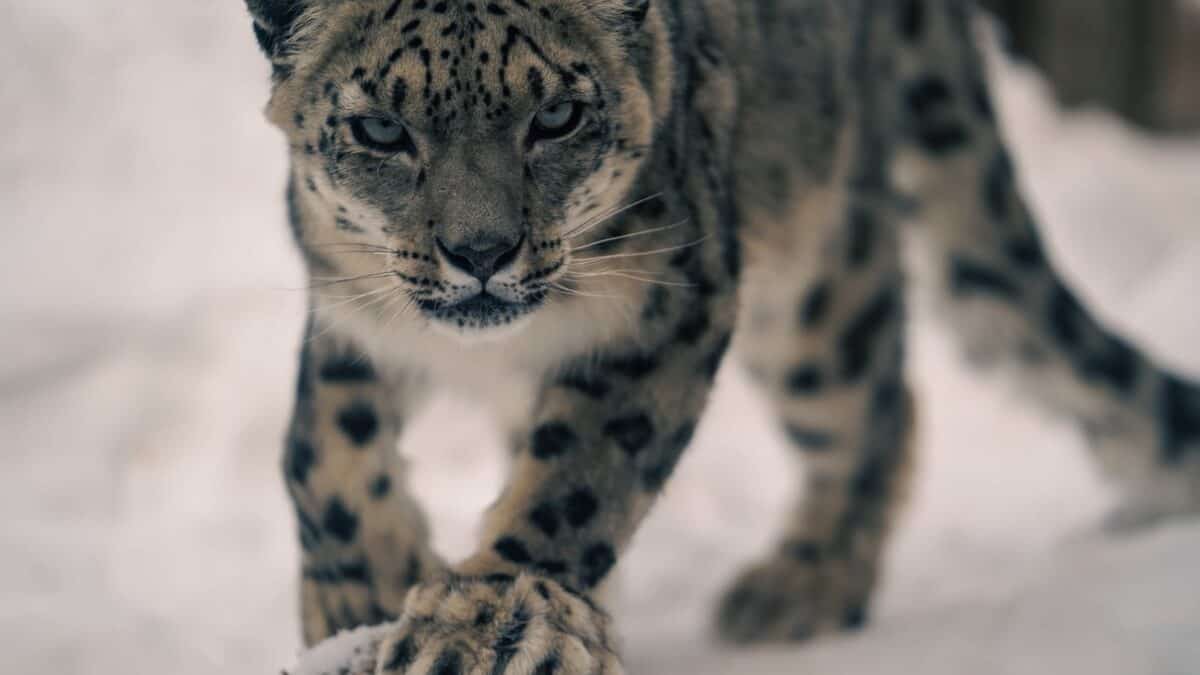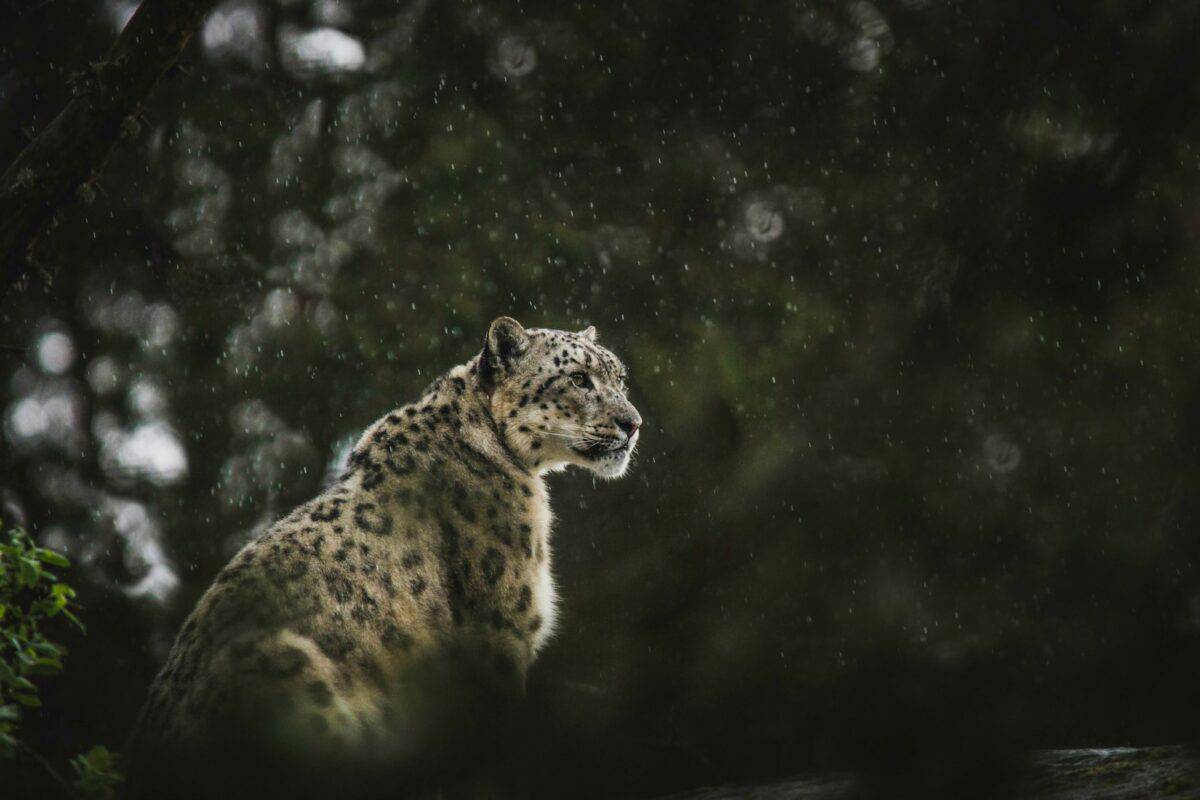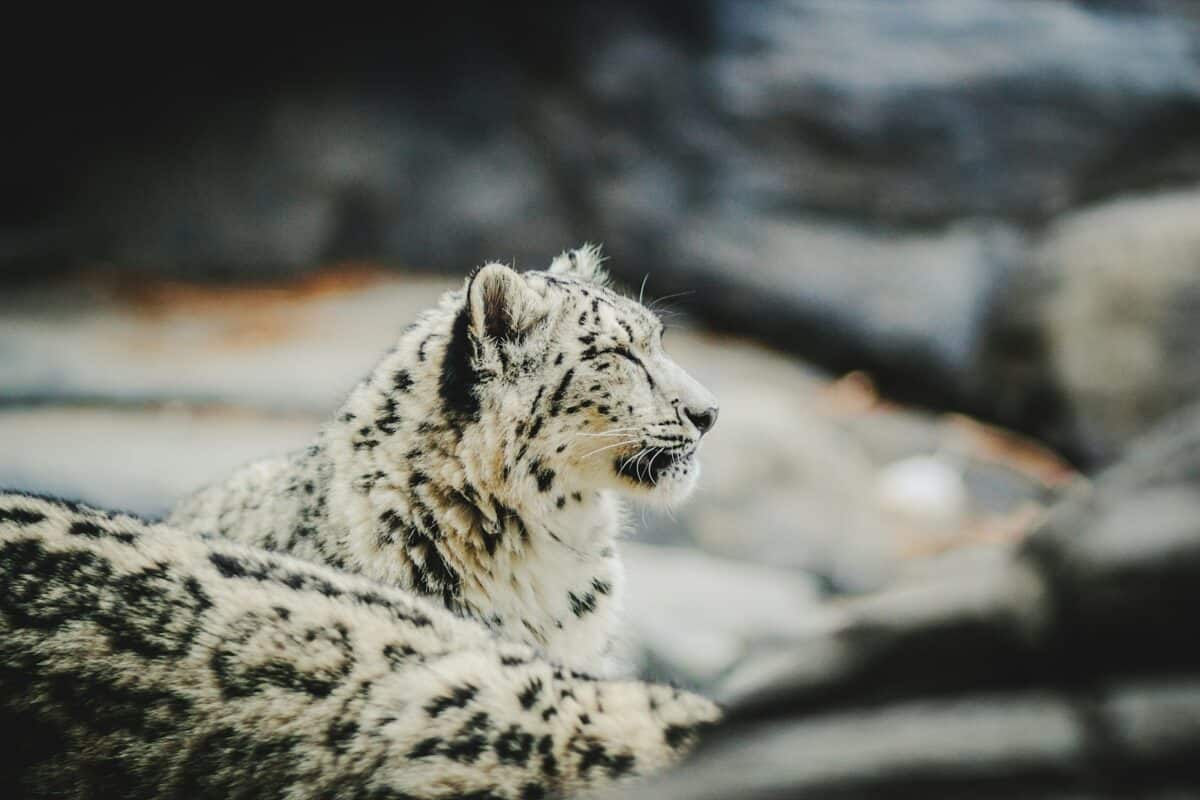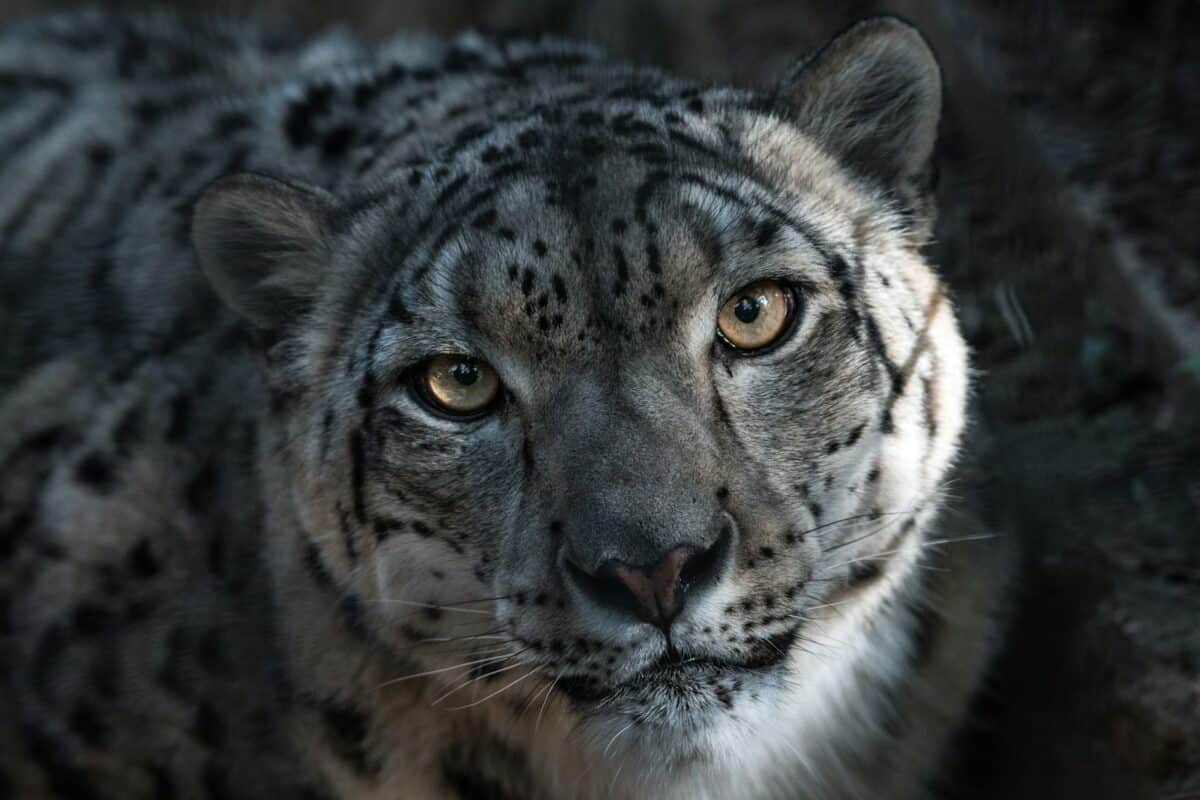Snow leopards, known as the “ghosts of the mountains,” are elusive predators exemplifying the harsh beauty and mystery of their high-altitude habitats. These magnificent creatures are marvelously adapted to life in some of the most inhospitable terrains on Earth. But what sets them apart is their uncanny ability to hunt with stealth and precision. This article uncovers the secrets of how the snow leopard hunts, revealing the fascinating blend of biology and behavior behind this spectacular predator.
Masters of Stealth

Snow leopards are notorious for their stealthy hunting techniques. Their fur, marked with rosettes and spots, offers exceptional camouflage against the rocky, snowy landscapes they call home. This natural disguise allows snow leopards to blend seamlessly with their environment, making it easier for them to stalk prey without detection.
Keen Eyesight

The snow leopard’s keen eyesight is one of its most important hunting tools. Their large, expressive eyes provide acute vision, enabling them to detect movement over long distances. This skill is particularly advantageous in the open, rugged terrain where they hunt, allowing them to spot potential prey from above or afar.
Powerful Hearing

Complementing their exceptional vision, snow leopards possess acute hearing abilities. Their well-developed ears can discern faint sounds, alerting them to the presence of prey or other predators. This heightened sense of hearing assists them in coordinating the perfect moment for an ambush.
Adaptations for Silence

Snow leopards have specialized physical adaptations that allow them to move in silence. Their large, furry paws act as natural insulators against the snow and minimize noise as they tread softly over rugged and often icy terrain. This ensures that their approach remains imperceptible to unsuspecting prey.
Planning the Attack

Before launching an attack, snow leopards spend significant time observing their prey. They carefully select their position, taking advantage of the terrain to get as close to the target as possible. This strategic planning is pivotal to a snow leopard’s hunting success.
Swift and Agile Climbers

Renowned for their climbing abilities, snow leopards can navigate steep and rocky slopes with ease. Their long, muscular tails aid in balancing during quick maneuvers across uneven ground. These physical traits enable them to approach prey from challenging angles or pursue them over treacherous terrain.
Executing the Ambush

Once within striking range, snow leopards employ speed and surprise to catch their prey. They are capable of making impressive leaps of up to 50 feet, closing the gap between them and their target in a flash. This attack is typically explosive and unanticipated, which is crucial in securing a successful hunt.
Powerful Jaws and Claws

The snow leopard’s jaws and sharp claws are vital during the final phase of the hunt. By targeting the neck or throat, they can quickly overpower their prey. This efficiency in capture is essential for conserving energy, a critical factor for survival in their harsh environment.
Sustaining the Ecosystem

Snow leopards play a crucial role in maintaining their ecosystem’s balance. By preying on species such as blue sheep and ibex, they help regulate these populations, which in turn supports plant growth and biodiversity in their mountainous habitats. This interdependence highlights the importance of conserving snow leopards.
Challenges and Conservation

Despite their prowess, snow leopards face multiple threats including habitat loss, poaching, and climate change. Conservation efforts are critical to ensuring these iconic hunters continue to thrive. Initiatives such as protected areas and community conservation programs are vital for their survival.
Snow Leopard Survival Stories

Recent conservation successes shed light on the resilience of snow leopards. Efforts to reduce human-wildlife conflict, coupled with innovative tracking technologies, have contributed to better understanding and protecting these magnificent animals. These stories inspire hope for future generations of snow leopards.
Encouraging Funding and Awareness

Increased awareness and funding are pivotal for snow leopard conservation. Public education campaigns and international partnerships are crucial in garnering the support needed to implement effective conservation strategies. Personal involvement through responsible tourism and donations can also make a significant impact.
Conclusion

The art of hunting quietly in the mountains makes the snow leopard a symbol of grace, strength, and resilience. Their unique adaptations and behaviors not only allow them to survive but to thrive in challenging environments. As ambassadors of their ecosystems, snow leopards remind us of the delicate balance of nature and the imperative to protect it. Understanding and supporting the conservation of these majestic creatures is a step towards preserving not just a species, but the very essence of wild and untamed beauty.
- 12 Wild Species That Are Smarter Than We Ever Thought - August 9, 2025
- Top 10 Coral Reef Animals - August 9, 2025
- 15 Animals and Wildlife that Start with M - August 9, 2025

